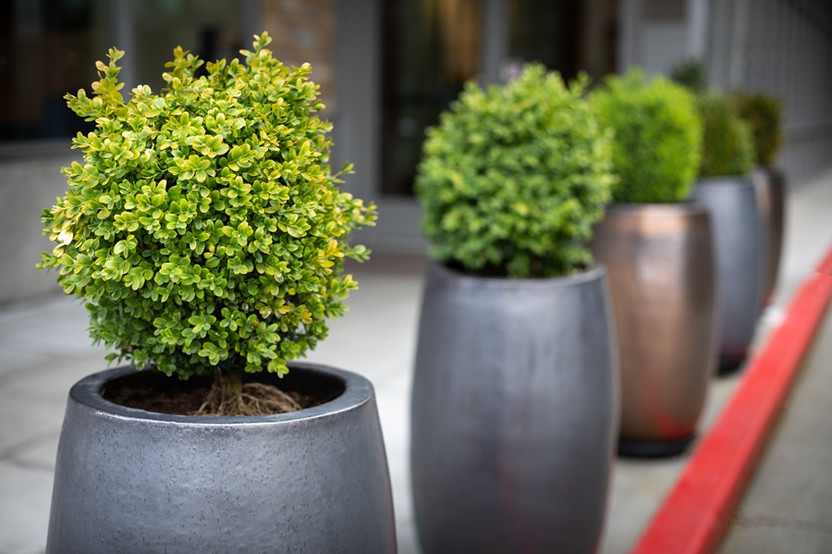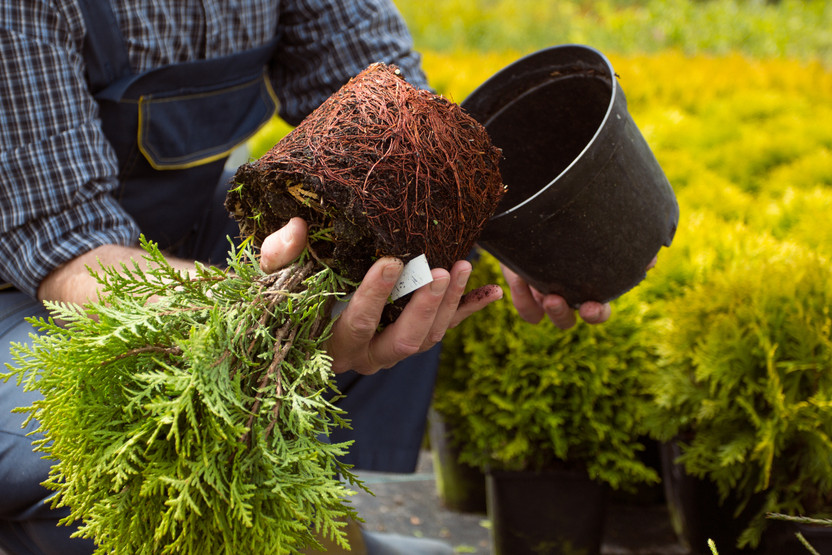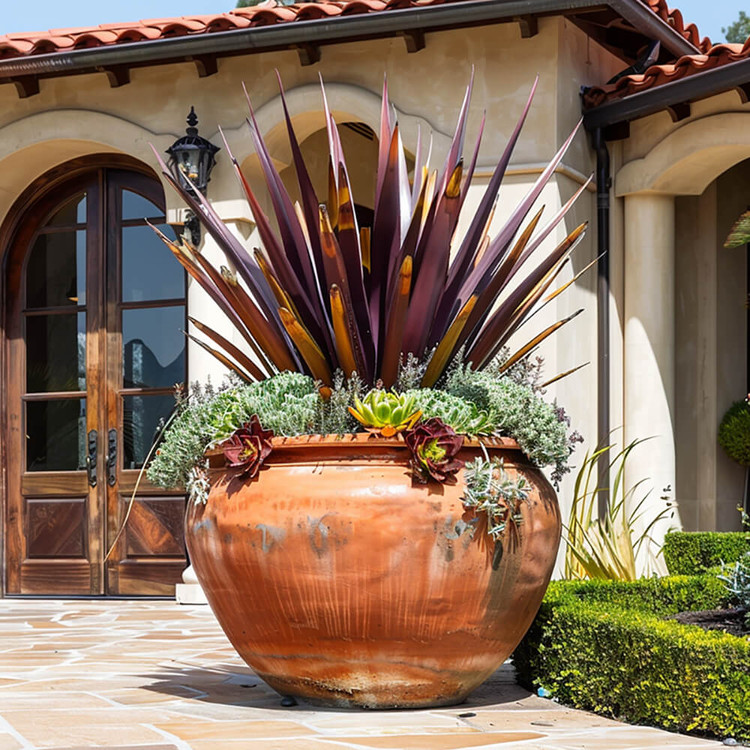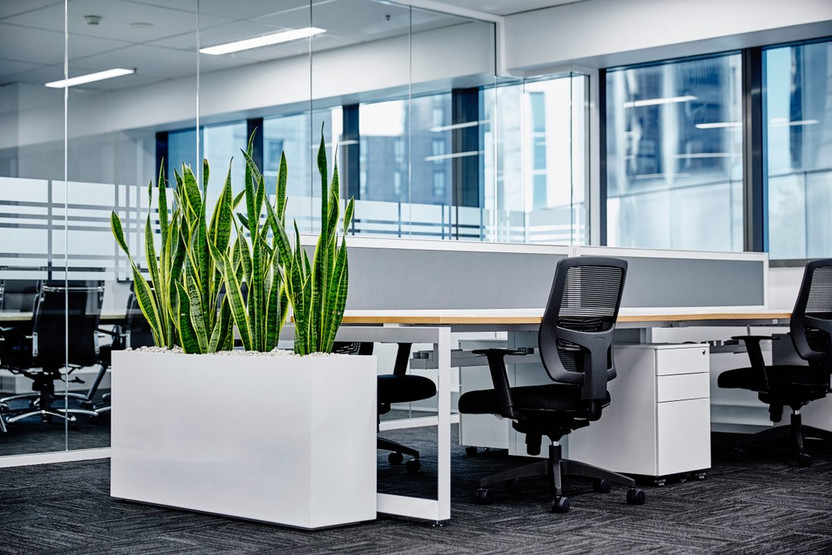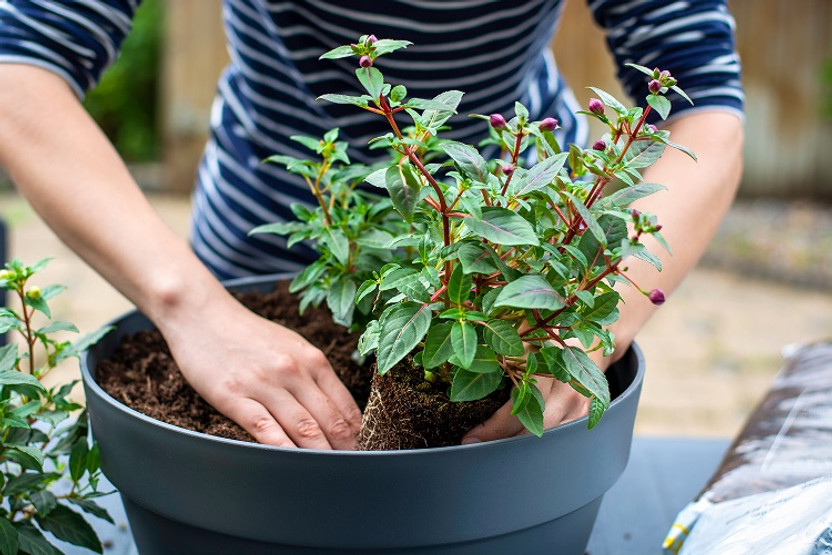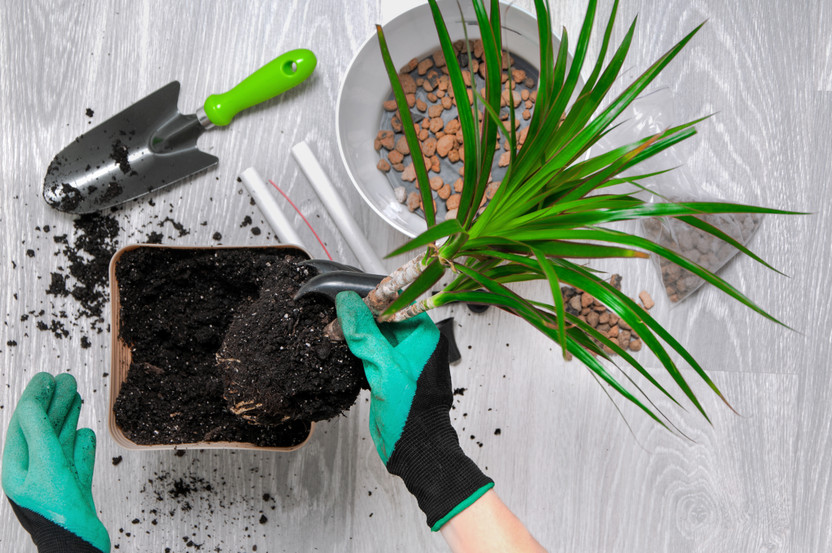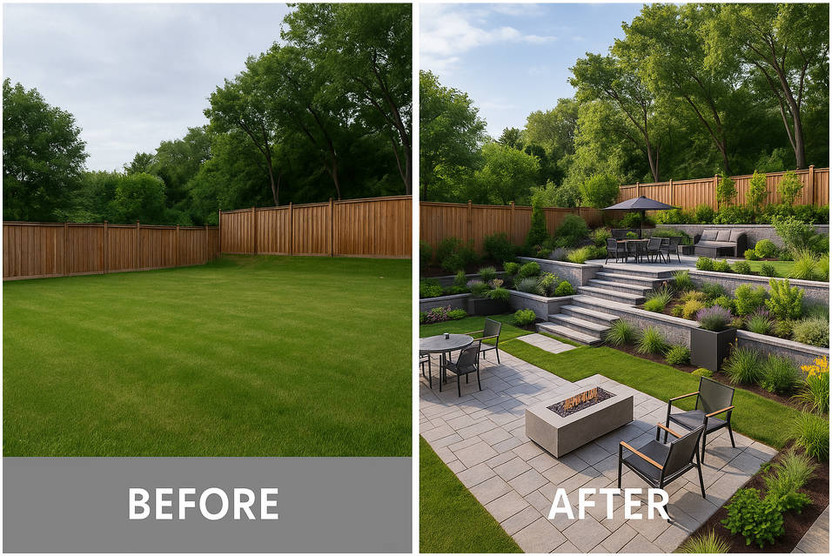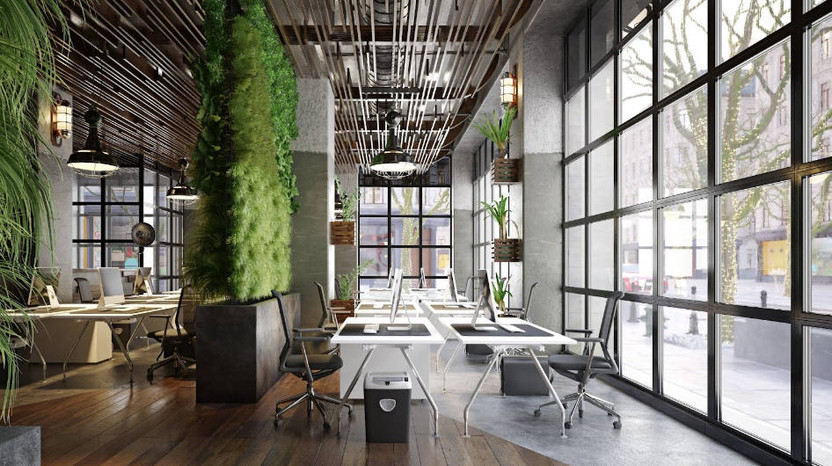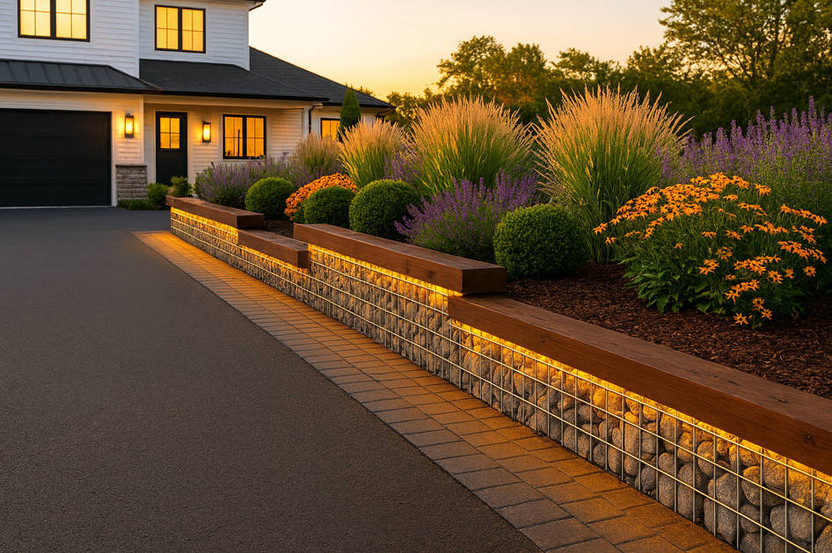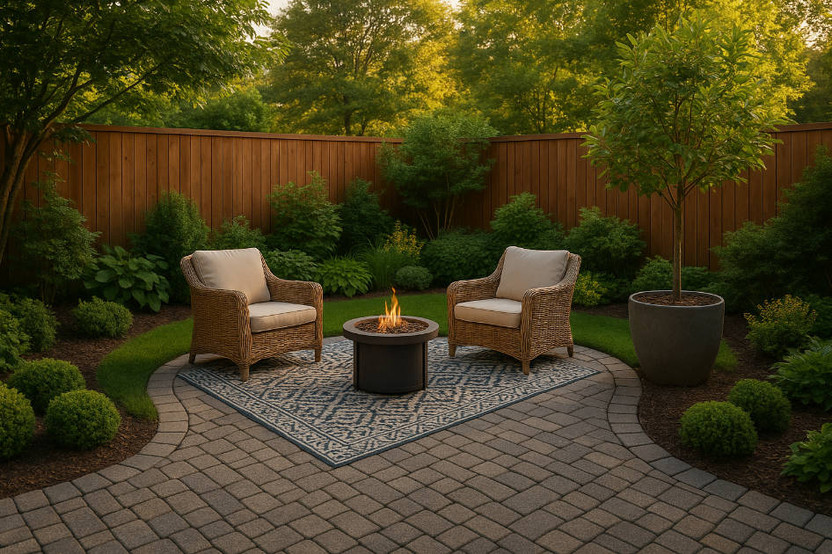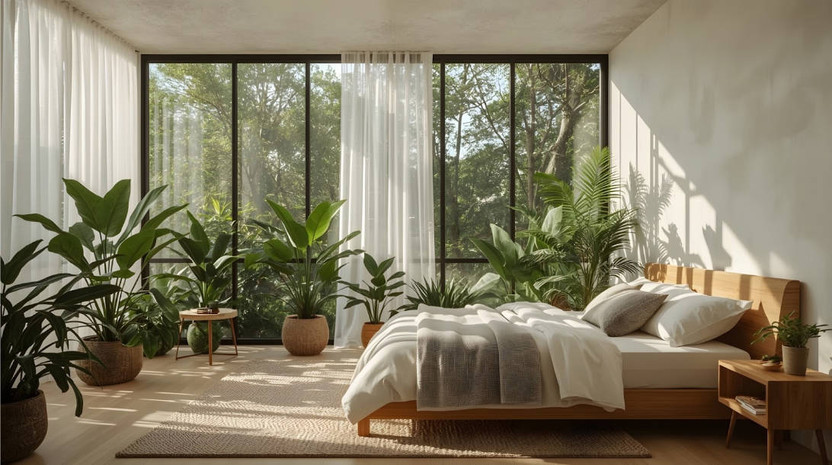Pots & Planters Blog | Pots Planters & More
Workplace Wellness Starts Here: Office-Friendly Plants You’ll Love
Posted by Jason Wyrwicz on Nov 29th 2025
The Complete Planner’s Handbook to Planter Materials
Posted by Jason Wyrwicz on Nov 25th 2025
Self Watering Planters 101: How They Work And Who They Are Perfect For
Posted by Jason Wyrwicz on Nov 25th 2025
How to Fill a Large Planter (And What to Put in the Bottom)
Posted by Jason Wyrwicz on Nov 25th 2025
The Ultimate Guide to Office Plants and Planters
Posted by Jason Wyrwicz on Nov 25th 2025
Ultimate Guide to Planting, Caring for, and Combining Plants in Containers
Posted by Jason Wyrwicz on Nov 25th 2025
Winter Container Gardening: Protect Your Plants & Planters in Cold Weather
Posted by Jason Wyrwicz on Nov 25th 2025
Houseplants & Pets: Toxic Plants to Avoid and Beautiful Pet-Safe Alternatives
Posted by Jason Wyrwicz on Nov 25th 2025
When (and How) to Switch Planters: A Complete Guide for Healthy Plants
Posted by Jason Wyrwicz on Nov 25th 2025
The Best Planters for Office Common Areas (2026 Guide): Sizes, Materials, Layouts & Maintenance
Posted by Jason Wyrwicz on Oct 31st 2025
Adding Layers and Depth To An Outdoor Space: How To Design A Multi-Level Landscape
Posted by Jason Wyrwicz on Oct 24th 2025
Elevate Your Commercial Building with Biophilic Design Concepts
Posted by Jason Wyrwicz on Oct 24th 2025
Transform Your Driveway with These Stylish Border Landscape Ideas
Posted by Jason Wyrwicz on Oct 1st 2025
Creative Landscape Ideas for Small Spaces: Make the Most of Every Inch
Posted by Jason Wyrwicz on Oct 1st 2025
Bringing Nature into Classrooms: Inspiring Biophilic Design in Schools
Posted by Jason Wyrwicz on Oct 1st 2025
Biophilic Bedroom Design Ideas for a Nature-Inspired Space
Posted by Jason Wyrwicz on Aug 28th 2025

